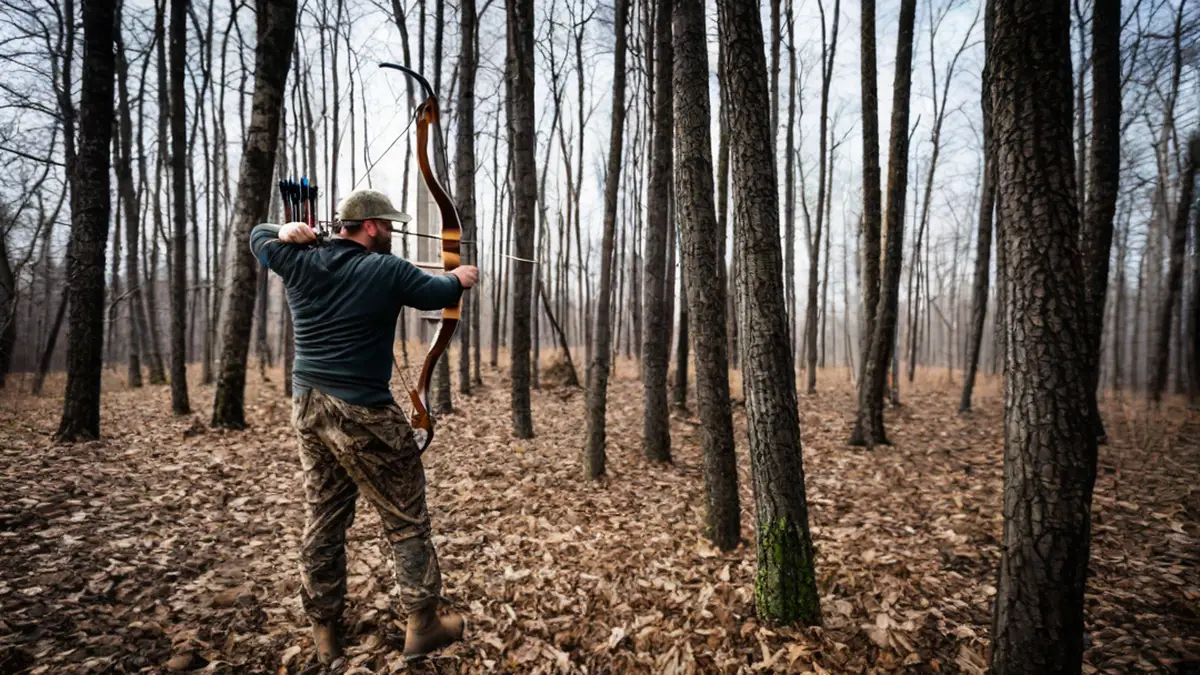As an avid hunter and archery enthusiast, I have often been asked about the minimum bow weight for hunting. It’s an important question because the weight of your bow can greatly affect your hunting experience and success. In this article, I will delve into the topic in detail, providing insights and personal commentary along the way.
Before we get into the specifics, it’s essential to understand why bow weight matters in hunting. The weight of your bow determines its power and velocity, which directly impacts the effectiveness of your shot. A heavier bow generally translates to a faster arrow speed, greater kinetic energy, and better penetration. This is crucial when you’re aiming for larger game or shooting at longer distances.
However, it’s important to strike a balance. While a heavy bow may offer more power, it can also be challenging to shoot accurately, especially for beginners or those with smaller frames. Drawing a heavy bow requires more strength and can lead to muscle fatigue over time. It’s crucial to find a bow weight that is both manageable for you and effective for your hunting needs.
So, what is the minimum bow weight for hunting? The answer varies depending on factors such as your shooting ability, hunting game, and local hunting regulations. In general, most states have a minimum draw weight requirement for hunting certain game species. For example, the minimum draw weight for deer hunting is often around 40 to 45 pounds.
While these minimum requirements are set for a reason, it’s worth noting that they are just guidelines. Ultimately, you should choose a bow weight that you can comfortably handle and shoot accurately. For beginners or those with less upper body strength, starting with a lower draw weight and gradually working your way up can be a sensible approach. This allows you to build the necessary strength and shooting skills over time.
Another factor to consider is the type of hunting you plan to engage in. If you’re aiming for larger game, such as elk or moose, a heavier bow with a higher draw weight is advisable. On the other hand, if you primarily hunt smaller game like turkey or small game, a lighter bow may suffice. It’s essential to align your bow weight with the specific hunting scenarios you expect to encounter.
Additionally, it’s crucial to consider your physical capabilities and limitations. If you have any pre-existing injuries or physical conditions, it’s wise to consult with a professional or an experienced archer who can assess your abilities and recommend an appropriate bow weight.
Lastly, I want to emphasize the importance of practice and technique. Regardless of your chosen bow weight, honing your shooting skills and perfecting your technique is paramount. Regular practice sessions, proper form, and consistent accuracy training will greatly improve your hunting success, regardless of the weight of your bow.
Conclusion
While there is no definitive answer to the minimum bow weight for hunting, it’s crucial to find a weight that balances your shooting ability, hunting requirements, and physical capabilities. Start with a weight that you can comfortably handle and gradually increase as you gain experience and strength. Remember, it’s not just about the bow weight, but also about your shooting skills and technique. Practice regularly, seek guidance when needed, and enjoy the rewarding experience of hunting with a well-suited bow.
